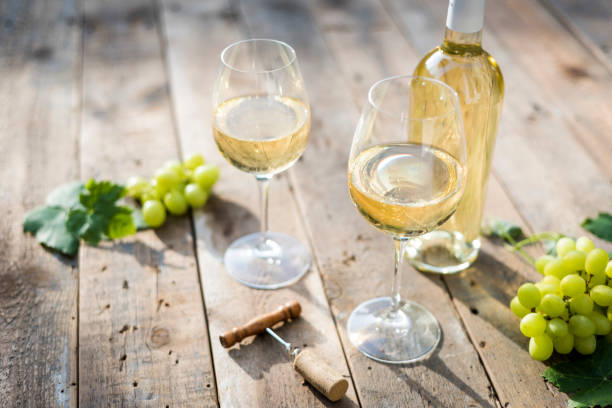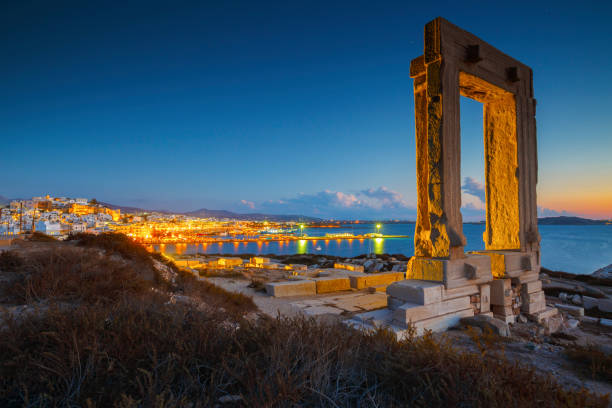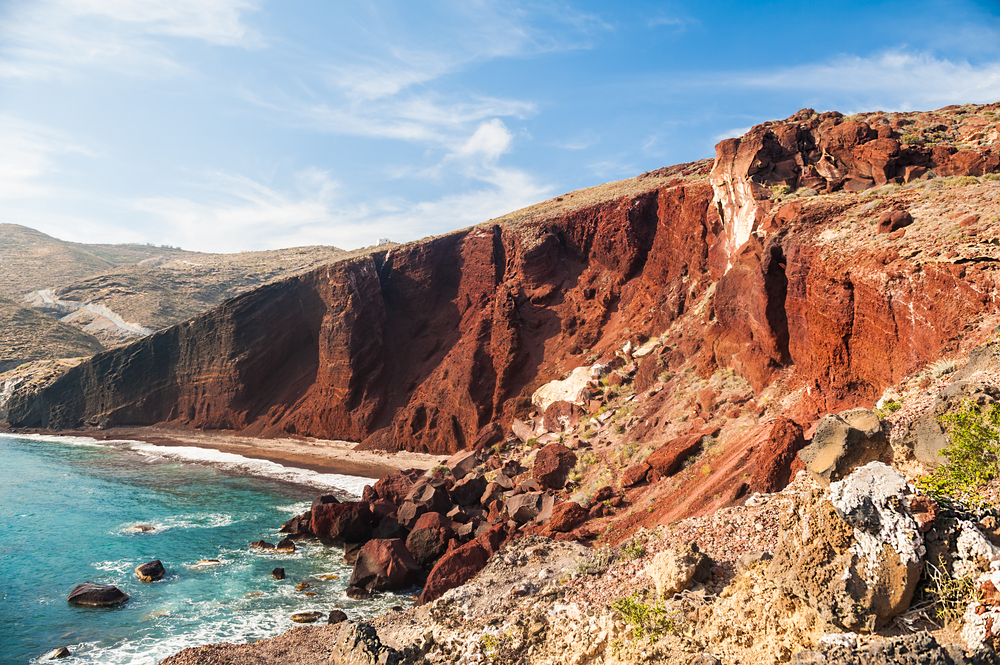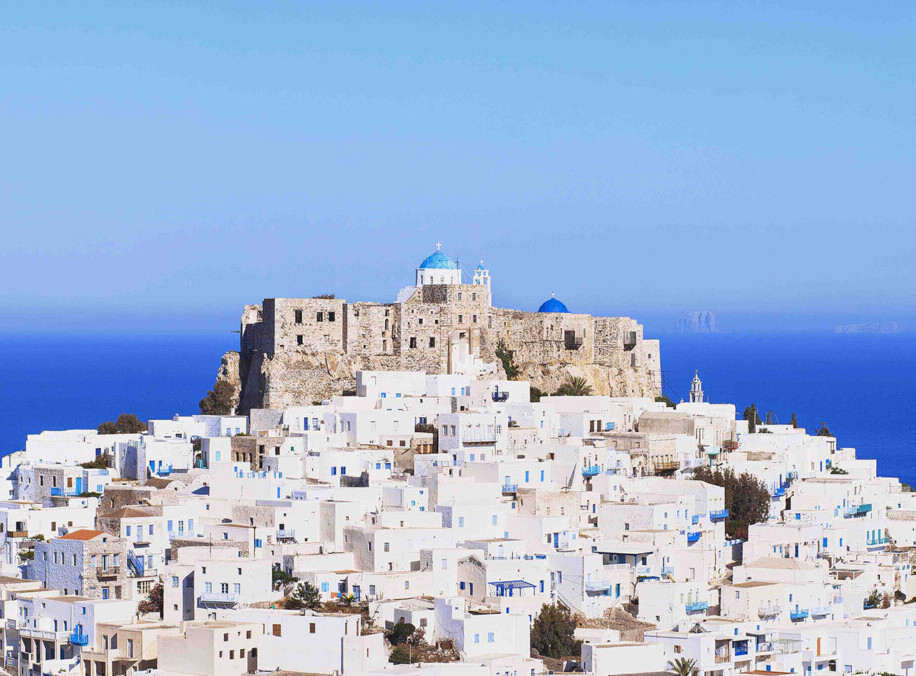There are many reasons why Crete is one of Greece’s most famous islands. Boasting ancient sites, medieval cities, jaw-dropping beaches, world class resorts, mountains, and absolutely incredible authentic cuisine, it’s such a well-rounded destination that, with the right planning, it’s pretty much impossible not to find something to love here. In fact, with its proud people, deeply rooted traditions, and sufficient food production to feed both locals and the 3,5 million visitors drawn here every year, Crete is almost like a country of its own (and could possibly function as one, some argue).
Crete is not just a top destination in the summer, but all year round. In fact, we’d like to put in a word for visiting the island in the fall. Here are five experiences you can have in Crete this season:
Hiking and Trekking without the Scorching Sun

Crete is Greece’s largest island, with mountains so tall you’d think they belonged on the mainland. It takes about 28 days to hike the 500km E4 path from one end of the island to the other, and trekkers travel from near and far to do so. However, you don’t have to be skilled in advanced mountaineering to discover Crete’s landscapes on foot.
Two of the most famous hiking routes on the island are the “Strata of Psiloritis”, a stone-paved path which takes you up to the 2456m summit of its highest mountain, Mount Psiloritis, in just two hours, and the path through the Samaria gorge, a beautiful 16km route which starts at the entrance of the National Park of Samaria and ends at the village of Saint Roumeli, and takes about six hours.
Less famous is the Zakros Gorge, known as Gorge of the Dead, which features a two-hour hike past a series of Minoan burial caves, and the path through the Ha Gorge, which takes four hours. The latter path requires some skill, but whoever takes it on is vastly rewarded in amazing views, including 28 waterfalls.
There are many more possible hikes and treks all around the island, and no matter what your physical abilities and preference of vistas are, there’s one for you.
Taking Day Trips to the Mountain Villages

While the seaside hotels and resorts around Heraklion, Chania and Rethymno still make for beautiful places to stay well into November, the fall is also the perfect time to explore the island’s higher altitudes. Day trips to the mountain villages reveals architecture and landscapes much different from the well-trodden tourist paths of the coast, and provide unique sneak peaks into authentic Greek everyday life. Here, traditions live on, and visitors are always welcome to experience them.
The picturesque and quaint villages of Crete’s highlands are too many to mention here, but here are a few we love:
- Near Heraklion: Myrtia
With its whitewashed houses, Myrtia resembles a typical Cycladic village. Come here to meet the locals at the lively cafes in the village square. Notice the quotes written on the walls of the houses – a tribute to author Nikos Kazantzakis, who was born here. The Kazantzakis museum is worth a visit as well.
- Near Chania: Vamos
A testament to the Cretans’ love for their homeland, the village of Vamos, which had been on the verge of being completely, was recently rebuilt by a group of young people, who wished to see it return to its former glory – and they succeeded. This is now a lovely place for a stroll and a meal.
- Near Rethymno: Anogia
Strongly associated with Cretan musical tradition, the square in Anogia fills with people in the summer and on warm fall evenings. They come all the way here (700 m above the sea, on the slopes of Mount Psiloritis) to drink raki and listen to live music. One of Greek music’s most iconic figures, lyra player Nikos Xylouris, was born here, and his childhood home has been transformed into a museum well-worth a visit.
Indulging in Comfort Food

It’s one of the most famous diets in the world; Cretan food is known as an archetype of Mediterranean cuisine, rustic and super healthy. What you may not know is that its roots are as old as any of the ancient ruins you’ll visit on your trip. While flavor preferences change through the ages, the Cretan cuisine has stayed the same since Minoan times in one important aspect: it is almost exclusively based on the produce of the land, meaning that what doesn’t grow on Crete doesn’t make it into the rich recipe canon, which is passed down through the generations. That’s not to say there’s no import.

Pre-Minoan farmers imported lentils, grains and meat (pork, sheep and goat), which are now Cretan staples, and modern supermarkets do carry peanut butter and frozen spring rolls. But dining out at almost any taverna, the food you’ll taste is made with ingredients sourced from local, family-run farms and the vegetable patches of the taverna owners themselves.
While the lighter dishes made with fresh summer vegetables are delicious, fall and winter is actually when Cretan cuisine really shines. Often prepared with homemade wine and tomato sauce that’s been prepared and saved from the summer’s harvest, meat and pulses are slow-cooked into hearty stews that are the ultimate comfort foods. Try rabbit stew, snails cooked in an array of ways, and lamb cooked with artichokes, in a fricassee with wild ‘stamnagathi’ greens, or the ancient way, ‘antikristo’, on wooden spits over a fire.

Anyone in need of fattening up for winter should also try ‘staka’ and ‘stakovoutiro’. Made by simmering sheep- or goat’s milk with flour until it separates into a thick paste (the staka, served as a dip), and a clarified butter (the stakovoutiro, used for cooking).
Other local specialties to try year-round are gamopilafo (wedding pilaf), kaltsounia (sweet or savory cheese pies), bread rusks, honey, ‘xerotigana’ (a honey-soaked fried pastry dessert), ‘apaki’ (smoked pork), and some of the local cheeses: unpasteurized cheeses made in the ‘mitata’ (stone-built shepherd’s huts) such as ‘tyrozouli’ and ‘kefalotyri’, the local ‘graviera’, ‘xygalo’ cheese from Sitia, and the two versions of ‘mysithra’ – a soft cheese which can be either fresh and sweet or sour.
Visiting Farms and Tasting the Island’s Liquid Gold
Another reason to venture away from the sea, especially if you’re a foodie or traveling with kids, are the island’s farms. Most of them are small and family-run, and besides producing the ingredients that are invaluable to Crete’s famous cuisine, many of them also specialize in agritourism, offering tours, tastings and interactive experiences. In the fall, when the sun no longer burns, you can even try being a farmer for a day. Try your hand at milking goats, picking vegetables, and baking bread.

The most common farming experiences on Crete, however, involve the island’s incredible liquid gold; visiting in the fall, you’re in time to join the olive harvest, which takes place from September to December. After a day of harvesting, the experience is usually followed by a tour of an oil mill, an olive oil tasting, and a delicious traditional meal.
Discovering the Archeological Sites without the Crowds
Last but not least, fall is the perfect time for sightseeing. The lower temperatures make it a joy to stroll around ancient sites, not to mention that without the crowds of tourists, you get a real sense of what they might have been like in their glory days. On Crete, the sights are many, and during shoulder season you might even get some of them all to yourself.

Even the most popular of the island’s archeological sites – Knossos, in Heraklion – takes on a serene atmosphere in the fall. Other sites are even calmer.
Having opened just a few years ago, the archeological park at Eleutherna is less known, but well-organized and worth a visit. For an even more private outing, head to Phaistos (this is where the famous Phaistos disc was discovered), in the western Messaria Plain, where the Minoan remains have many similarities to those at Knossos. Ancient Zakros, at the western side of the island, is another incredible and large site, once an important Minoan port with an impressive palace.





